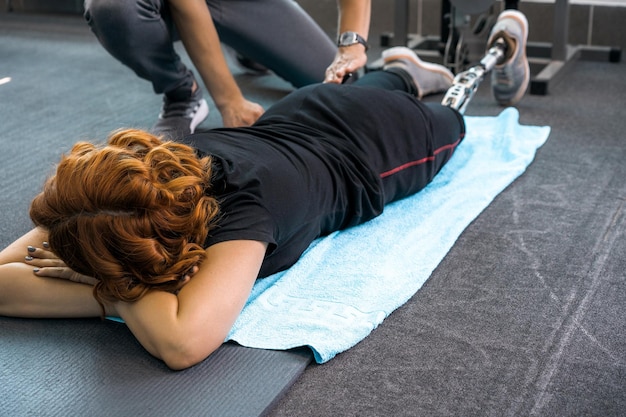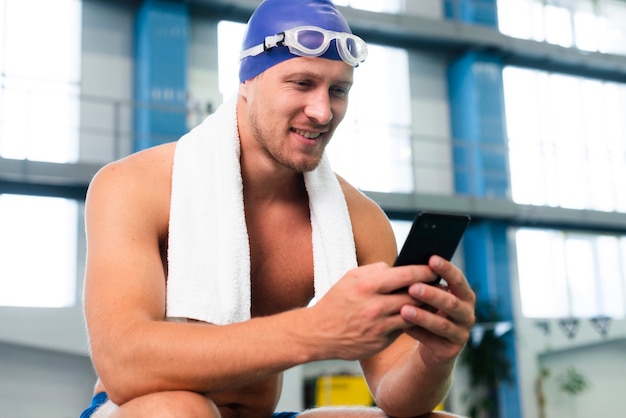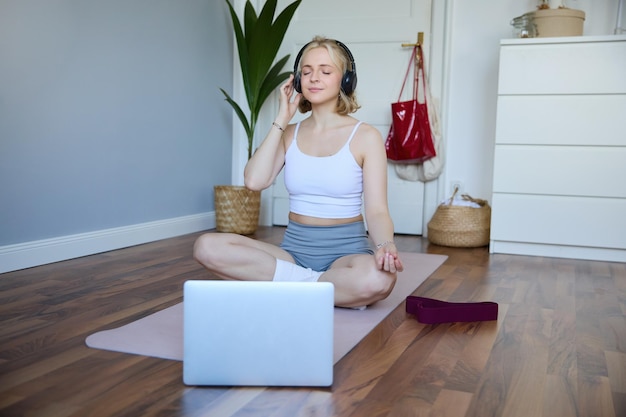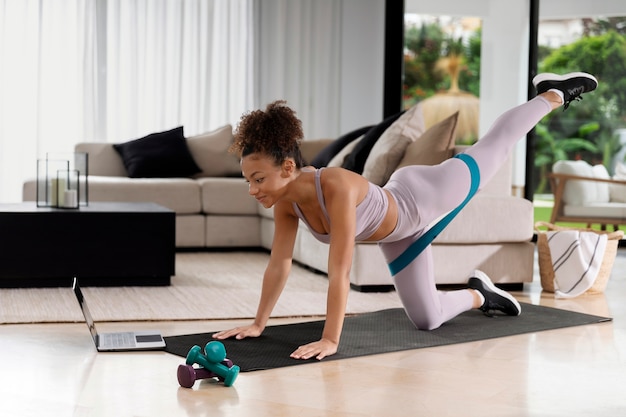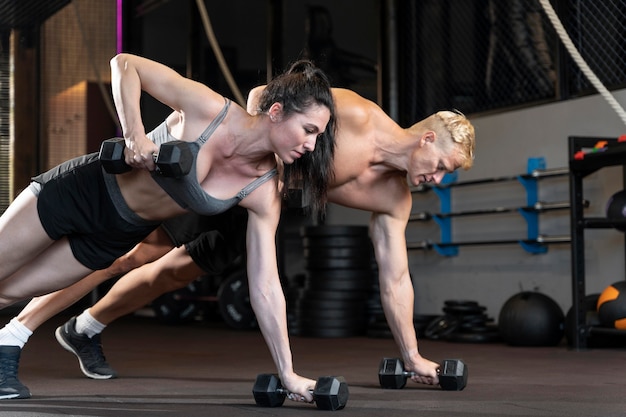Unlock Flexibility & Strength: A 35-Minute Daily Yoga Routine Designed for Swimmers
Swimming is a full-body workout that builds endurance, strength, and cardiovascular health. But even the most dedicated swimmers often overlook one crucial component: flexibility, mobility, and breath control—areas where yoga shines. Integrating just 35 minutes of yoga into your daily routine can dramatically improve stroke efficiency, prevent injury, and enhance recovery. This guide offers coach-style pointers, form notes, and easy modifications tailored specifically for swimmers.
Why Yoga is a Game-Changer for Swimmers
Swimming demands repetitive motions that can lead to muscle imbalances—tight shoulders, weak core engagement, and restricted hip flexors. Yoga counteracts these issues by promoting symmetry, joint mobility, and mindful breathing. A consistent yoga practice helps swimmers:
- Improve shoulder mobility and reduce rotator cuff strain
- Enhance core stability for better body alignment in water
- Lengthen tight hip flexors and hamstrings from kick-driven strokes
- Develop breath awareness to support breath control during laps
- Speed up recovery with active stretching and relaxation
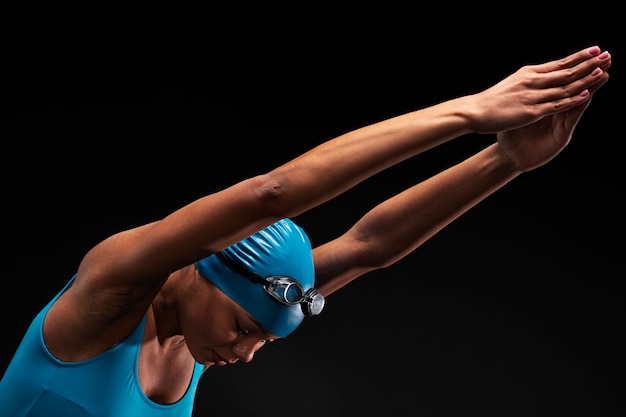
Your 35-Minute Daily Yoga Plan
This routine is broken into three phases: Warm-Up (10 mins), Main Flow (20 mins), and Cool-Down (5 mins). It’s designed to complement swim training—do it post-swim or on rest days.
Phase 1: Warm-Up (10 Minutes)
Begin seated or standing to awaken the breath and spine.
1. Seated Breathwork (3 mins): Sit cross-legged, spine tall. Inhale deeply through the nose for 4 counts, expand the ribs, exhale fully for 6 counts. Focus on diaphragmatic breathing—this mimics breath control during freestyle.
2. Neck & Shoulder Rolls (3 mins): Gently roll shoulders forward and backward. Add slow neck circles to release tension from repetitive strokes.
3. Cat-Cow Stretch (4 mins): On hands and knees, alternate between arching the spine (cow) and rounding it (cat). Sync movement with breath. Coach tip: Keep elbows slightly bent to protect shoulders.
Phase 2: Main Flow (20 Minutes)
This sequence targets areas most affected by swimming: shoulders, spine, hips, and core.
1. Downward-Facing Dog (5 mins): Form a triangle with hands and feet. Press heels down, lift hips. Modification: Bend knees slightly if hamstrings are tight. Focus: Opens shoulders and lengthens the spine.
2. Dolphin Pose (3 mins): From Downward Dog, lower onto forearms. Keep shoulders over elbows. This builds shoulder stability without overhead strain—ideal for swimmers with sensitive rotator cuffs.
3. Low Lunge with Twist (4 mins): Step one foot forward into a lunge. Place opposite hand on the floor, raise the other toward the ceiling. Deepens hip flexor stretch and improves spinal rotation—great for body roll in freestyle.
4. Plank to Side Plank (4 mins): Hold plank for 30 seconds (engage core, don’t sag). Transition to side plank, stacking feet. Modification: Drop bottom knee for support. Builds core endurance essential for streamline kicks.
5. Pigeon Pose (4 mins): From Downward Dog, bring one shin forward, angle it diagonally. Extend the back leg. Use a folded towel under the hip if needed. Opens external hip rotators and glutes—key for breaststroke and flip turns.
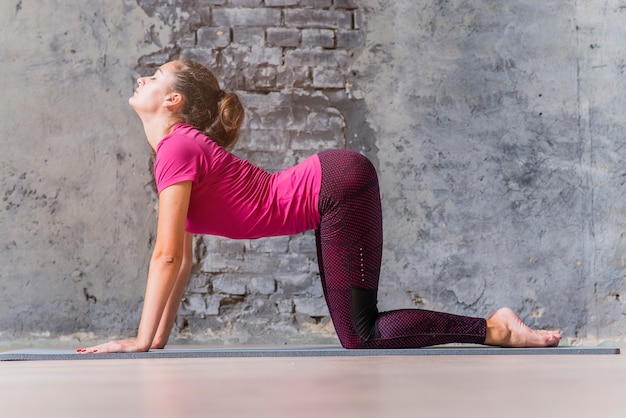
Phase 3: Cool-Down (5 Minutes)
Wind down with gentle stretches and relaxation.
1. Seated Forward Fold (2 mins): Sit with legs extended. Hinge at hips, reach forward. Modification: Bend knees or use a strap. Calms the nervous system and stretches hamstrings.
2. Supine Spinal Twist (2 mins): Lie on back, drop knees to one side, arms out in T-position. Switch sides. Releases lower back tension from kick-heavy training.
3. Savasana (1 min): Lie flat, arms at sides, palms up. Breathe naturally. Even one minute resets the mind and body.
Coach-Style Tips for Success
- Consistency over intensity: 35 minutes daily is more effective than one long session weekly.
- Modify early: Use props (towels, blocks) or bent limbs to protect joints.
- Sync breath with movement: Inhale to expand, exhale to deepen stretches—just like bilateral breathing in swimming.
- Focus on form: Prioritize alignment over depth. A shallow lunge with good posture beats a deep one with a rounded back.
- Listen to your body: Discomfort is normal; sharp pain is not. Adjust accordingly.
Final Thoughts
Yoga isn’t just stretching—it’s functional training for swimmers. By dedicating 35 minutes a day, you’ll gain better range of motion, injury resilience, and mental clarity. Start simple, stay consistent, and let your practice evolve with your swim goals. Whether you’re training for sprints or open water, yoga gives you the edge you didn’t know you needed.






